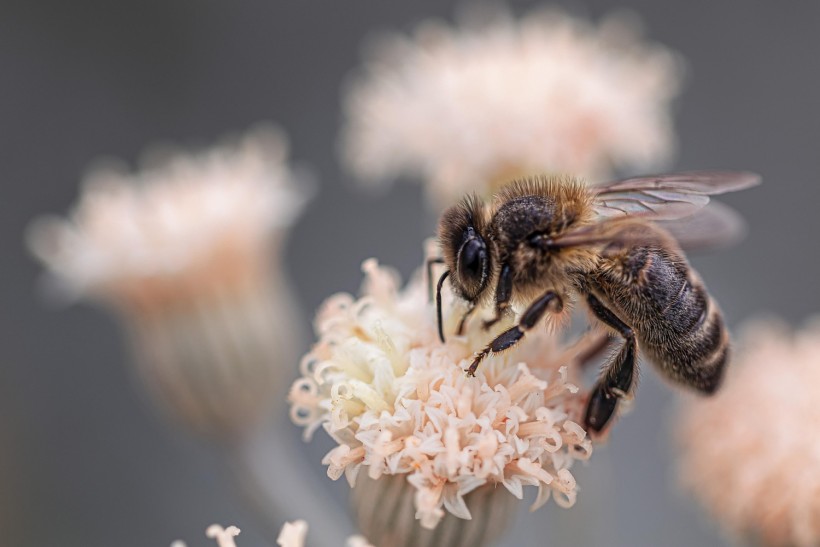In response to the increasing demand for food supply, vertical farming has become of the innovations in agriculture. In this method, crops are grown on top of each other rather than in horizontal rows. It provides a controlled environment with minimal human intervention. However, the systems used in vertical farming have not yet offered a climate-friendly approach to feeding the world population.

Challenges in Operating Vertical Farms
Since the world's first commercial vertical farm opened in 2012 in Singapore, more businesses have joined the industry claiming that their futuristic farms can solve the global food crisis. During the past year, however, many of these vertical farms faced challenges that led to bankruptcy.
Most vertical farms offer a limited range of products since they grow only greens such as herbs and lettuce. These plants require small amounts of water and are easy to cultivate indoors through hydroponics. To truly solve global food insecurity, these companies are expected to expand their offerings, meaning pollination must be involved in their vertical farming operations.
Pollinating by hand consumes much time, so farm operators must rely on natural pollinators such as bees and bats. As a matter of fact, about one-third of the crops consumed by humans are produced with the help of these organisms.
Seeking the help of natural pollinators is not an easy solution as well. Most vertical farms use artificial light, and domesticated bees, one of the most popular natural pollinators for commercial growers, find it hard to navigate under this light source.
Robotic Bees to the Rescue
Since the middle of the 20th century, experts have been exploring ways of automating agriculture using robots. Since most agricultural machines focus on postproduction and harvesting, more researchers are now paying attention to automated pollination.
Several scientists and businesses around the globe have attempted to design and implement robotic pollinators. Roboticist Yu Gu from West Virginia University developed the StickBug, a six-armed pollinating machine responsible for flower inspecting, mapping, pollination, and development monitoring.
Meanwhile, Siddharth Jadhav founded Polybee, which combines AI-powered software and mini drones for indoor agriculture operations in vertical farms and greenhouses. The device measures important traits for growers to fly near the crops. The drones disturb the surrounding air to vibrate the flowers, shaking the pollen out and triggering fertilization.
Another company from Israel called Arugga produces a roving ground robot named Polly, which moves along the rows of plants and prompts pollination through blasts of air pulses. Although the process is mostly automated, Polly is driven by human operators using a tablet.
These companies reveal that operating robotic pollinators is not an easy task. For instance, they face the challenge of having many types of flowers and various agricultural settings. Despite these challenges, robotic pollinators can still provide multiple advantages, such as preventing diseases spread by bees. Natural commercially developed bees can also slip outside of the greenhouse and infect the nearby wild bees.
In the future, experts plan to bring vertical farms to outer space, such as on Mars. Astronauts are growing mixed greens in the International Space Station using Veggie greenhouse units. Although scientists plan to bring living insects as pollinators, it is also suggested that their robotic counterparts are most likely to live longer.
RELATED ARTICLE: Pollinators: What's All the Buzz About?
Check out more news and information on Pollination in Science Times.














